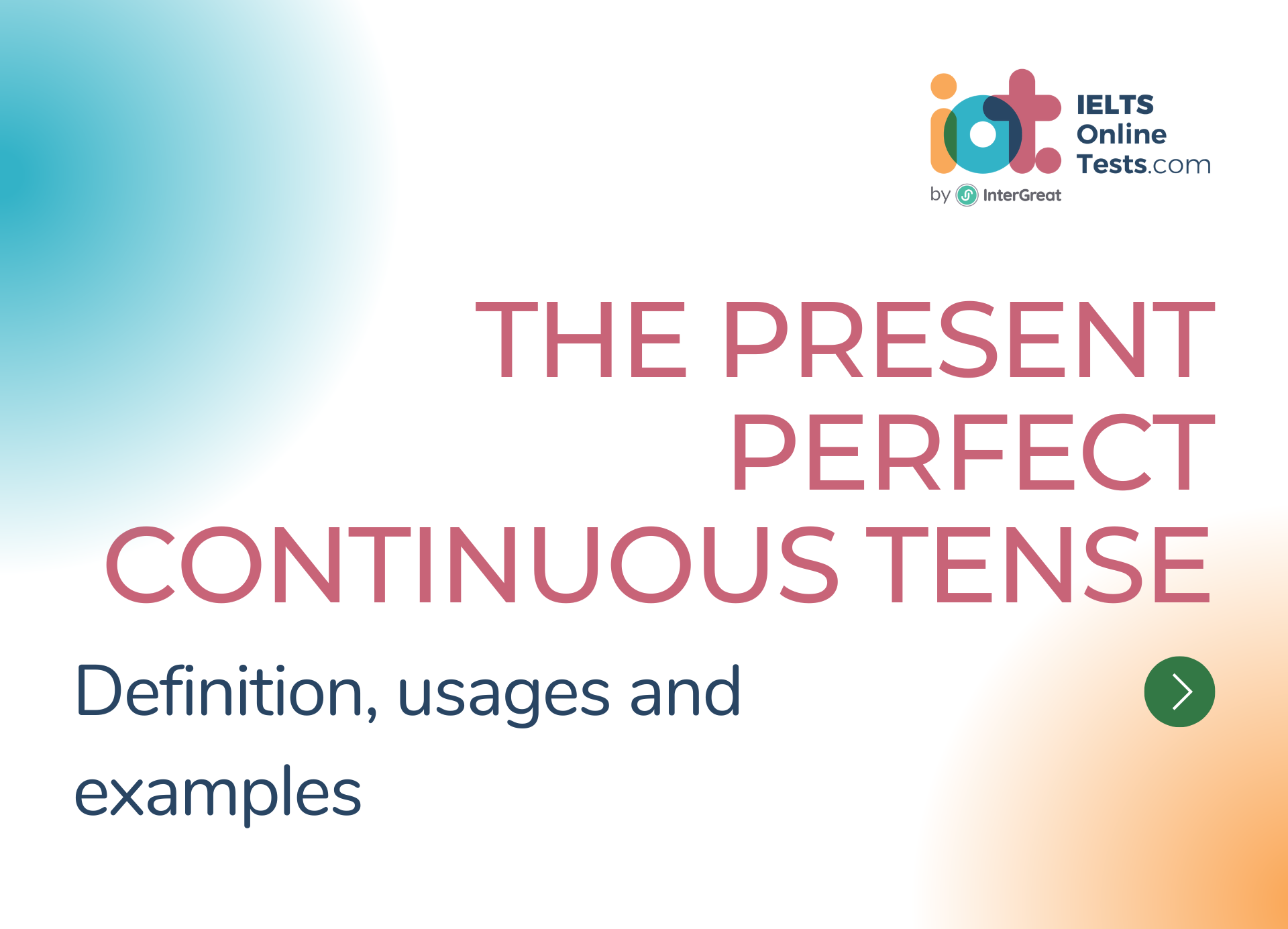
The present perfect continuous tense
The present perfect continuous tense, also known as the present perfect progressive tense, is used to describe an ongoing action that started in the past, continues in the present, and may continue into the future. It emphasizes the duration or continuity of the action.
Here's a detailed explanation of the present perfect continuous tense:
Formation of the Present Perfect Continuous Tense:
- The present perfect continuous tense is formed by using the present perfect tense of the auxiliary verb "have" (have/has), the past participle form of "be" (been), and the present participle form (-ing form) of the main verb.
- Example: "She has been studying."
Usage of the Present Perfect Continuous Tense:
- Describing ongoing actions that started in the past and continue in the present:
- Example: "I have been working on this project for three hours."
- Expressing actions that have just finished or recently stopped:
- Example: "He is out of breath because he has been running."
- Indicating the duration of an action that is still happening or its impact on the present:
- Example: "She has been learning French, so she can now communicate with native speakers."
- Referring to repeated or frequent actions over a period leading up to the present:
- Example: "They have been traveling to different countries every summer."
- Describing ongoing actions that started in the past and continue in the present:
Examples of the Present Perfect Continuous Tense:
- "I have been studying for the exam all day."
- "They have been working on the project for weeks."
- "She has been waiting for the bus since 8 AM."
- "We have been living in this city for five years."
- "He has been practicing the piano for hours."
Time Expressions Used with the Present Perfect Continuous Tense:
- Time expressions such as "for," "since," "all day," "recently," "lately," or a specific period are commonly used with the present perfect continuous tense to indicate the duration of the action.
- Example: "She has been reading this book for two hours."
Negative and Interrogative Forms:
- To form negative sentences, add "not" after the auxiliary verb "have."
- Example: "They have not been playing basketball."
- For interrogative sentences, invert the subject and the auxiliary verb "have."
- Example: "Have you been studying for the test?"
- To form negative sentences, add "not" after the auxiliary verb "have."
The present perfect continuous tense allows us to describe ongoing actions that started in the past, continue in the present, and have a connection to the present moment. By using this tense correctly, we can effectively convey information about continuous activities, durations, or actions with present relevance in English.




